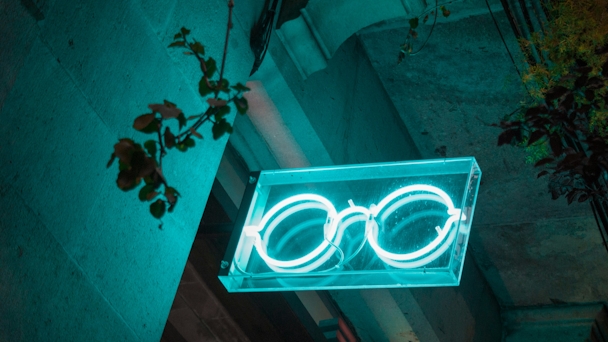AR glasses like Orion give us a fresh lens on the future of social media
MG Empower’s Joe McElligott asks a simple question: What does social media look like in a world without screens?

After some false starts, the age of truly disruptive AI glasses is finally approaching / Zuzanna Adamczyk via Unsplash
In September this year, newly branded for his cool-guy era, Mark ‘The Zuck’ Zuckerberg released his latest weapon in the quest for dominion over digital: the AR glasses dubbed Orion.
We’ve had a few false dawns of AR and VR over the years, from Pokémon Go’s AR phenomenon to Apple’s Vision Pro headset (the latter’s production numbers have already scaled back due to underwhelming demand). But Orion feels different. Gone are the bulky, heavy, battery-laden designs of VR headsets. In their place: lighter materials, a sleeker, less obtrusive look, and not-so-obvious functionality.
While it’s far from the finished product that will drive mass adoption, Orion is a symbolic stake in the ground, a preview of what will feasibly replace the black boxes that screens have become today. It signals the start of a transition from screen-based interactions to immersive spatial interfaces.
This made me wonder: What does social media look like in a world without screens?
Sure, what follows is speculation. But having spent my life trying to understand social media (as well as tech, VR, AR, metaverses and AI), I can see three primary changes for when social media escapes the screen.
Want to go deeper? Ask The Drum
Change of format means new creation techniques
The lack of screens will make the world a canvas. Aspect ratios that dominate our everyday norms will become entirely obsolete. Why make something in 9:16, when the skyscraper, road or cloud you want to show content on varies in size?
This lack of a ‘prescribed canvas’ could shift content creation away from traditional filming techniques. Existing hardware like cameras, smartphones, and even drones might give way to digitally rendered creations and VFX-based storytelling. It’s far easier to craft and adapt fully digital environments than to rely on filming real-life scenarios, which become tricky to scale across various AR contexts.
As a result, we’ll likely see a meaningful pivot away from reality toward truly curated, immersive digital worlds. Even in augmented reality where overlays interact with the real world, the likelihood of encountering faithful representations of reality will diminish. Instead, digital curation will dominate, tailoring experiences to fit the medium and its boundless flexibility.
Advertisement
Content will be hyperpersonalized and contextualized
Stadiums that are plastered with your favorite players. The nearest hill is covered in virtual snow showing ski jumps – in Summer. Trees with sustainable brands advertised on them.
Social media content, in other words, will inevitably align closely with the context the user is viewing it from.
Orion not only looks outwards but also inwards. It looks at facial features, eye tracking and much more. Couple this with AI recognition of mood, and you have yourself a tailored social feed (if they’ll even be recognizable as such) that conjures exactly what you want, based on where you are, how you’re feeling and what you’re doing.
Advertisement
Changing usage, from passive to active
Thumb workouts will become the Zumbas of the fitness world – outdated and pointless. We’ll see a shift from passive scroll to active engagement in social media. Gesture/voice interactions with content or unlocking content will become the norm. AR treasure hunts to unlock the next content piece will become commonplace. While efficiency and ease are the currency of today’s world, it might be that memorable and effective experiences in the world of AR are crafted through friction, time and effort.
Due to the always-on nature AR might provide, we might also see a shift back towards longer-form content in place of today’s goldfish attention spans. If you don’t have to put away your phone when someone speaks to you (or you need your hands to do something like cooking), we might see social ‘feeds’ offer up more engrossing content that captivates for longer periods of time.
I also see layering options within which users will be able to choose which layer of AR they expose themselves to. Want education during a working day or school? Only see social content that is focused on that. Want entertainment for a flight? Only see AR overlays that correspond that.
Suggested newsletters for you
The future of social media is still a black box. And might inevitably be one already. The algorithms that guide our consumption today are built from elements not even the makers truly grasp. But with the slow steady adoption of AR, we’ll see social media shift into an omnipresent force that, arguably, won’t be ‘social media’ anymore and simply represent a part of everyday life. AR will redefine how we connect, create, and consume.
I worry, though, that in a world where we literally all see a different reality from one another, will the world become yet more fragmented? Will information become more divisive? And, most worryingly of all, will we feel more alone than we do today?
Content by The Drum Network member:

MG Empower
MG Empower is a global integrated marketing agency. We're a global collective with diverse expertise and a deep understanding of culture to make work that matters...
